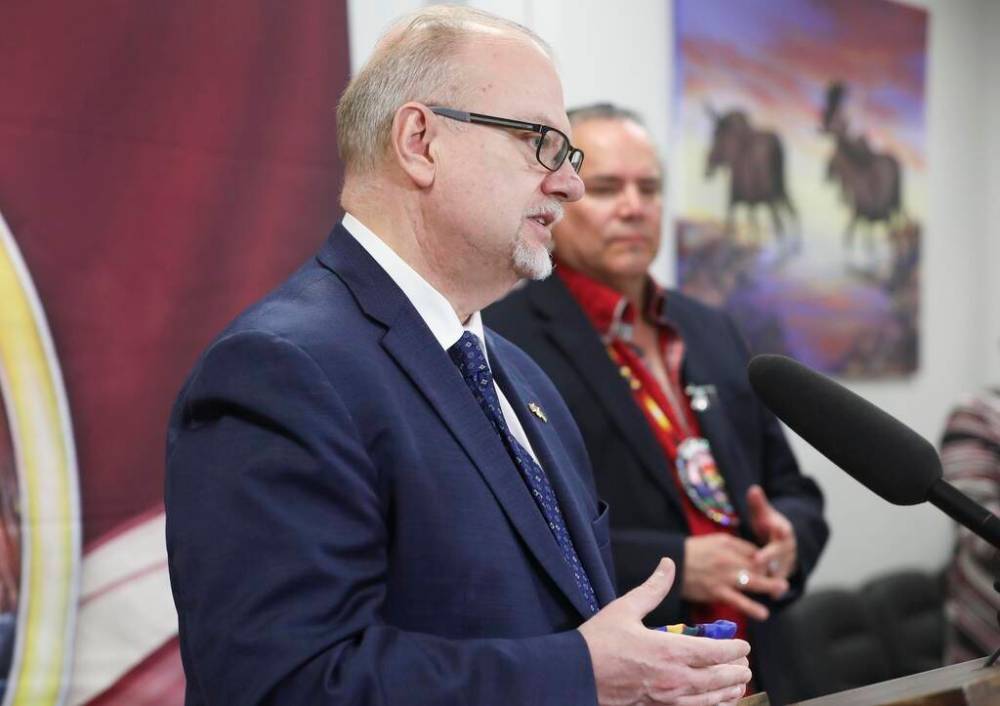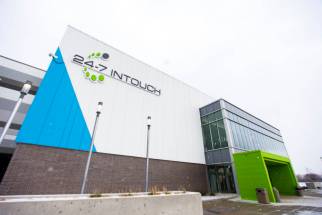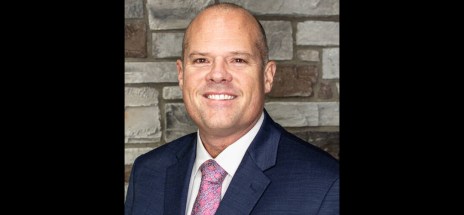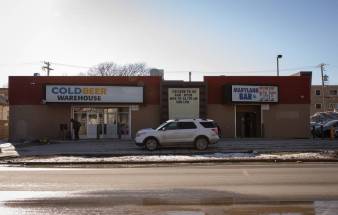Healing lodge opens door to positive change
Read this article for free:
or
Already have an account? Log in here »
To continue reading, please subscribe:
Monthly Digital Subscription
$0 for the first 4 weeks*
- Enjoy unlimited reading on winnipegfreepress.com
- Read the E-Edition, our digital replica newspaper
- Access News Break, our award-winning app
- Play interactive puzzles
*No charge for 4 weeks then price increases to the regular rate of $19.00 plus GST every four weeks. Offer available to new and qualified returning subscribers only. Cancel any time.
Monthly Digital Subscription
$4.75/week*
- Enjoy unlimited reading on winnipegfreepress.com
- Read the E-Edition, our digital replica newspaper
- Access News Break, our award-winning app
- Play interactive puzzles
*Billed as $19 plus GST every four weeks. Cancel any time.
To continue reading, please subscribe:
Add Free Press access to your Brandon Sun subscription for only an additional
$1 for the first 4 weeks*
*Your next subscription payment will increase by $1.00 and you will be charged $16.99 plus GST for four weeks. After four weeks, your payment will increase to $23.99 plus GST every four weeks.
Read unlimited articles for free today:
or
Already have an account? Log in here »
Hey there, time traveller!
This article was published 31/03/2022 (1351 days ago), so information in it may no longer be current.
Funding for a first-of-its-kind healing lodge in Thompson is a move in the right direction for Manitoba’s youth justice system.
Last week, Justice Minister Kelvin Goertzen committed $2 million to the development of a culturally appropriate, community-led corrections facility for First Nations youth in the north. Healing lodges exist elsewhere in the province, but this project, which will be overseen by Manitoba Keewatinowi Okimakanak, is the first centre dedicated to serving Indigenous kids.
The centre will also fill a resource gap in northern Manitoba, which currently has no youth jails or transitional sites.
Healing lodge for youth key to shift in justice system
Posted:
Manitoba’s first healing lodge for First Nations youth involved in the justice system will be built in Thompson so northern children can get support and cultural programs closer to home.
This is an opportunity to chart a new path, not only for incarcerated youth, but for Manitoba Justice as a whole.
An opening date for the lodge has not been set, but the facility will roll out in three phases focused on a restorative justice model. The first phase will see a 20 bed open-custody unit with community transition programs established in Thompson; the second will add addiction and mental-health supports; and the third will include employment and skills training.
Programming will be informed by elders, subject experts and community leaders, and the centre won’t look anything like a traditional jail.
It’s a holistic approach to corrections that aims to address the root causes of criminal behaviour, thereby reducing rates of recidivism among young offenders. It’s an approach First Nations leaders and northern community organizations have been seeking for years, and one that should be applied throughout the province — for incarcerated minors and adults alike.
Indigenous people are heavily overrepresented in Manitoba jails, and the statistics are just as stark for the youth justice system. In 2018, more than 80 per cent of those in custody under 18 years old were Indigenous. While fewer young people are being given custodial sentences, as evidenced by the recently announced plans to close of the Agassiz Youth Centre in Portage la Prairie, Indigenous youth still make up the bulk of those serving time.
Nobody is born a criminal, but First Nations children certainly have the chips stacked against them. Decades of government attempts at dismantling Indigenous communities and ways of life — through the residential school system, the Sixties Scoop and child welfare programs — have created an epidemic of intergenerational trauma.

As described in the Truth and Reconciliation Commission of Canada’s final report, this legacy has led to high rates of addiction, mental-health issues, family violence and incarceration within Indigenous communities — all of which put young people at greater risk of criminal involvement.
Governments have much to atone for, and a lot of work to do before reconciliation can be achieved. Youth justice reform is a small piece of the puzzle, but one that can make a big difference for future generations.
In order for youth who become involved in the justice system to live a fulfilling, productive life upon release, adequate social supports need to be provided while in custody and during reintegration with the community. By focusing on rehabilitation instead of punishment, with a full slate of wraparound programs, Thompson’s new healing lodge has the potential to keep incarcerated and at-risk youth from getting further entrenched in the jail system.
Last week’s funding announcement is a recognition from Manitoba Justice that the status quo isn’t working for Indigenous youth. The healing lodge is an opportunity for the department to reassess its approach and learn from First Nations governments and communities. It’s an important step on the very long road toward reconciliation.









